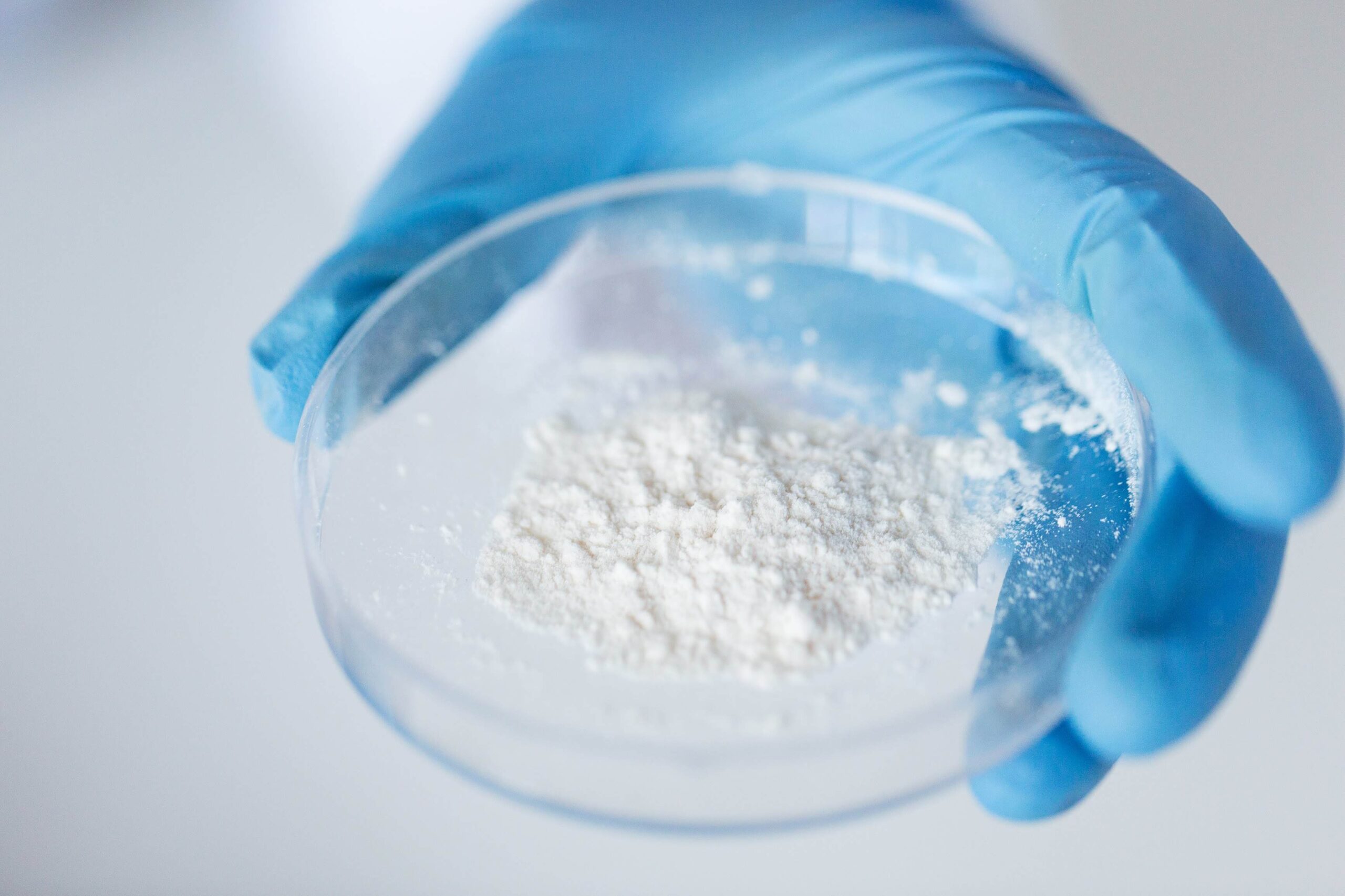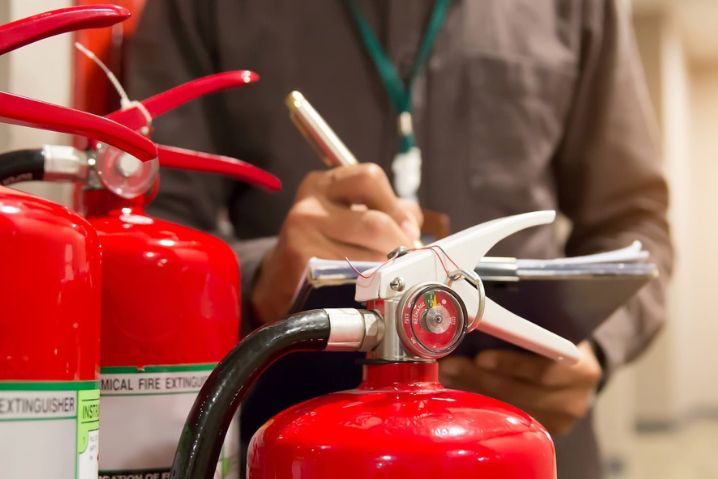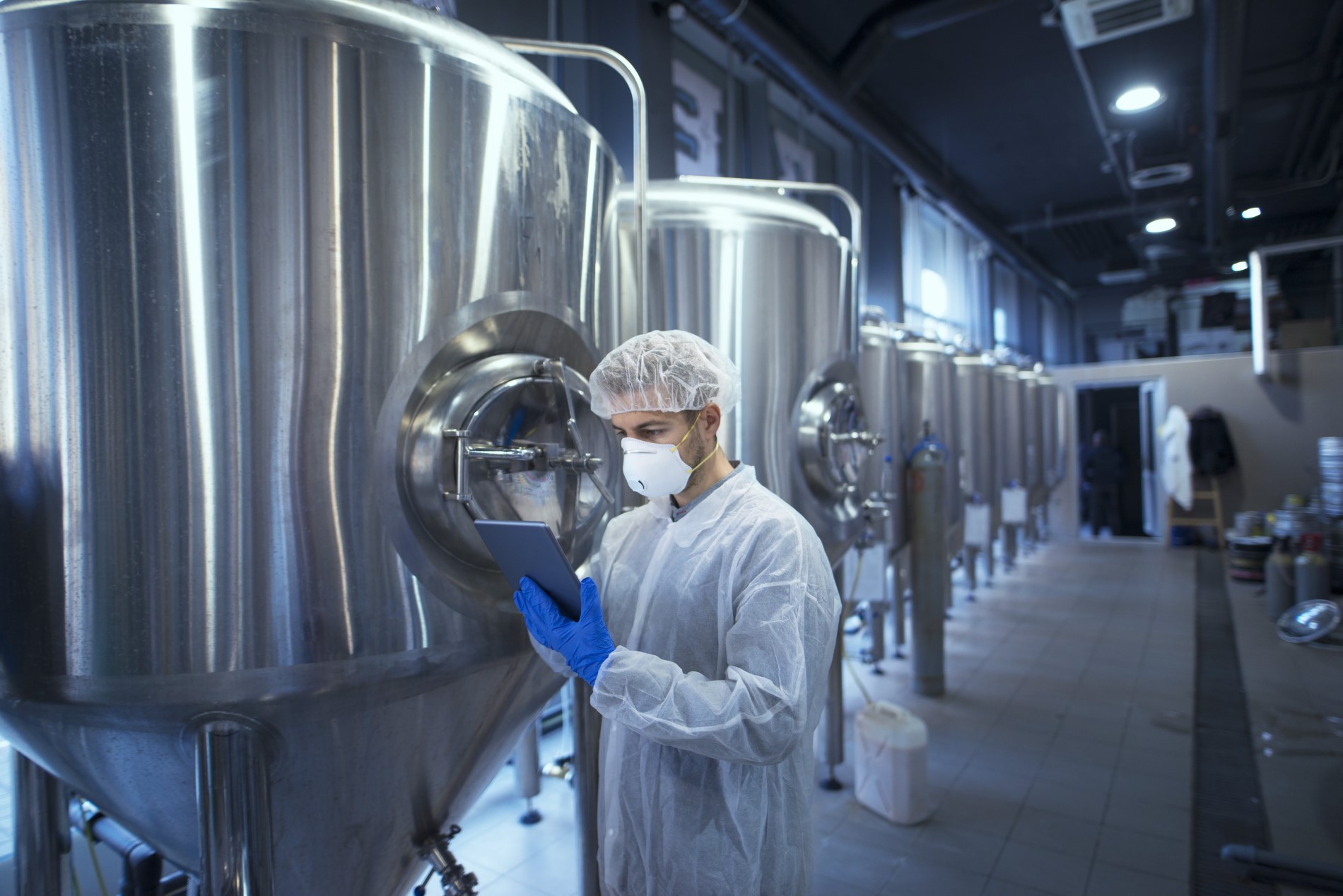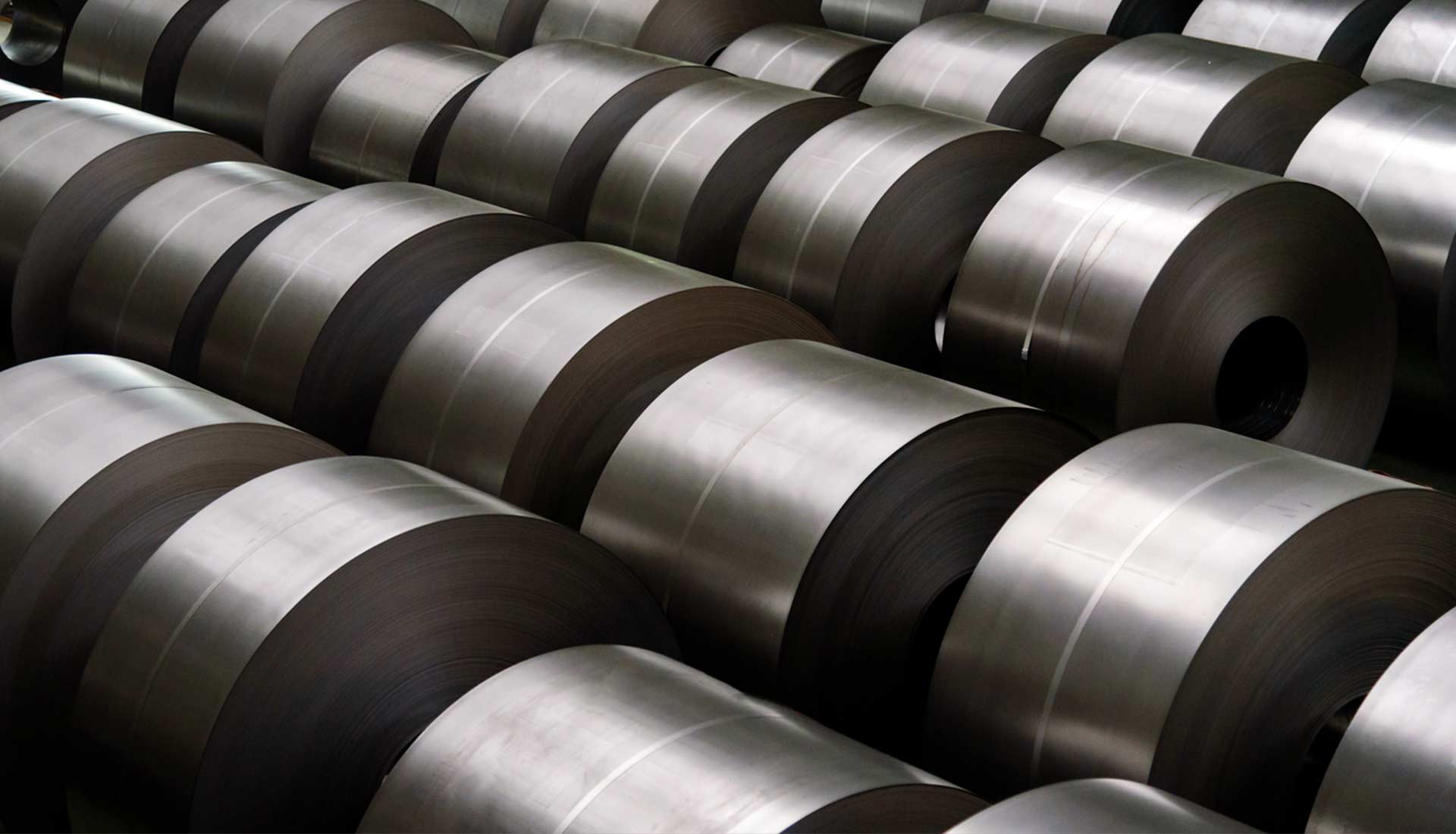

Combustible Dust and Hazardous Materials Testing
Lower your risk of combustible dust explosion with our expert materials testing and dust hazard analysis.
Combustible dust explosion materials testing is a process used to evaluate the potential for a dust explosion across different environments. Dust explosions occur when combustible dust particles are suspended in the air, and a source of ignition, such as a spark or heat, is introduced, leading to a rapid and violent combustion.
Our dust testing laboratories provide an accurate combustible dust screening process by collecting dust particle samples and analyzing its physical and chemical properties. Testing may also involve measuring the minimum autoignition temperature, minimum explosive concentration, and maximum explosion pressure of the dust.
The results of combustible dust testing play a crucial role in developing safe handling and storage procedures to mitigate the hazards associated with combustible dust and prevent dust explosions. By understanding the properties and characteristics of the dust, appropriate control measures can be implemented to minimize the risk of accidents and protect workers.
The Occupational Safety and Health Administration (OSHA) in the United States has indeed established guidelines and standards for the testing and handling of combustible dust in the workplace. OSHA’s Combustible Dust National Emphasis Program provides guidance and enforcement procedures to ensure employers take necessary precautions to protect workers from the hazards of combustible dust. It emphasizes the need for comprehensive hazard assessments, implementing appropriate control measures, conducting regular inspections, and providing proper training and education to employees.
By complying with OSHA regulations and utilizing the results of combustible dust testing, employers can design and implement effective explosion protection systems and equipment. This may include measures such as explosion venting, explosion suppression systems, spark detection and extinguishing systems, and proper ventilation to control dust concentrations. These systems and equipment are designed to mitigate the effects of a potential dust explosion, minimize damage to the facility, and protect personnel. Utilizing the results of combustible dust testing, and implementing appropriate control measures and equipment, employers can significantly reduce the risks associated with combustible dust and ensure a safe working environment for their employees.


Combustible Dust Tests
To prevent dust explosions, it’s important to identify the potential hazards of various dusts and assess their explosive characteristics. This is done through combustible dust explosion materials testing, which involves a range of tests designed to measure the dust’s explosibility.
Some of the common tests used in combustible dust explosion materials testing include:
- Particle Size Distribution Analysis: This analysis determines the range of particle sizes present in a dust sample and their distribution. Fine particles have a larger surface area per unit mass, making them more prone to rapid combustion and easier to disperse in the air, increasing the risk of explosions.
- Minimum Ignition Energy: This parameter quantifies the minimum amount of energy required to ignite a dust cloud. It helps identify potential ignition sources and assess the likelihood of ignition under specific conditions.
- Minimum Explosive Concentration (MEC): MEC represents the minimum concentration of dust particles in the air that can sustain an explosion. Concentrations below the MEC are considered too lean to support combustion, while concentrations above the MEC can lead to explosiveness.
- Maximum Explosion Pressure: This parameter measures the maximum pressure generated during a dust explosion. It provides insights into the potential destructive force of an explosion and helps in designing and implementing appropriate safety measures.
- Limiting Oxygen Concentration: Similar to what was mentioned earlier, the Limiting Oxygen Concentration (LOC) determines the minimum concentration of oxygen required for a dust explosion to occur. Oxygen levels below the LOC are too low to sustain combustion, reducing the risk of explosions.
- Thermal Stability: Thermal stability refers to the temperature at which a dust sample will spontaneously ignite without an external ignition source. It helps identify the temperature range within which the dust is susceptible to combustion.
By conducting these tests, experts can evaluate the potential for a dust explosion and identify appropriate preventive measures, such as ventilation systems, explosion-proof equipment, and proper dust control practices.
Learn more about hazardous dust and materials testing:
- Combustibility (Go/No-Go) Screening: This screening process determines whether a material is considered combustible or not. It involves assessing the material’s physical and chemical properties to identify any potential risks of combustion.
- Dust Explosion Severity (Kst & Pmax): Kst (Deflagration Index) and Pmax (Maximum Explosion Pressure) are measurements used to determine the severity of a dust explosion. Kst represents the rate of pressure rise during the deflagration process, while Pmax indicates the maximum pressure reached during an explosion.
- Minimum Ignition Energy (MIE): MIE is the minimum amount of energy required to ignite a dust-air mixture. It represents the electrical or thermal energy needed to initiate combustion.
- Minimum Explosible Concentration (MEC): MEC refers to the minimum concentration of a dust or gas in the air that can sustain an explosion. Concentrations below the MEC are considered too lean to support combustion, while concentrations above the MEC can lead to explosiveness.
- Minimum Ignition Temperature for Dust Cloud (MIT-Cloud): MIT-Cloud represents the lowest temperature at which a dust cloud can ignite and sustain combustion when exposed to an ignition source.
- Minimum Ignition Temperature for Dust Layer (MIT-Layer): MIT-Layer indicates the lowest temperature at which a dust layer can ignite and sustain combustion. Dust layers can accumulate on surfaces and pose a fire hazard if ignited.
- Limiting Oxygen Concentration (LOC): LOC is the minimum oxygen concentration required for a flammable substance to sustain combustion. Oxygen levels below the LOC are too low for sustained burning.


Addressing NFPA 652 Standard Regarding Combustible Dusts
Do you operate a facility that requires you to engage with substances that are dusty or powdery in n


6 Industries Added by OSHA to the Combustible Dust NEP Program
n late January 2023, a new version of the Combustible Dust National Emphasis was issued by the Occup


Ensuring the Safety of Facility Through Dust Explosion Test Data
“Could it be a problem if my powder has demonstrated 3mJ of minimum ignition energy and 256 bar.m/






